What are your foot problems trying to tell you?
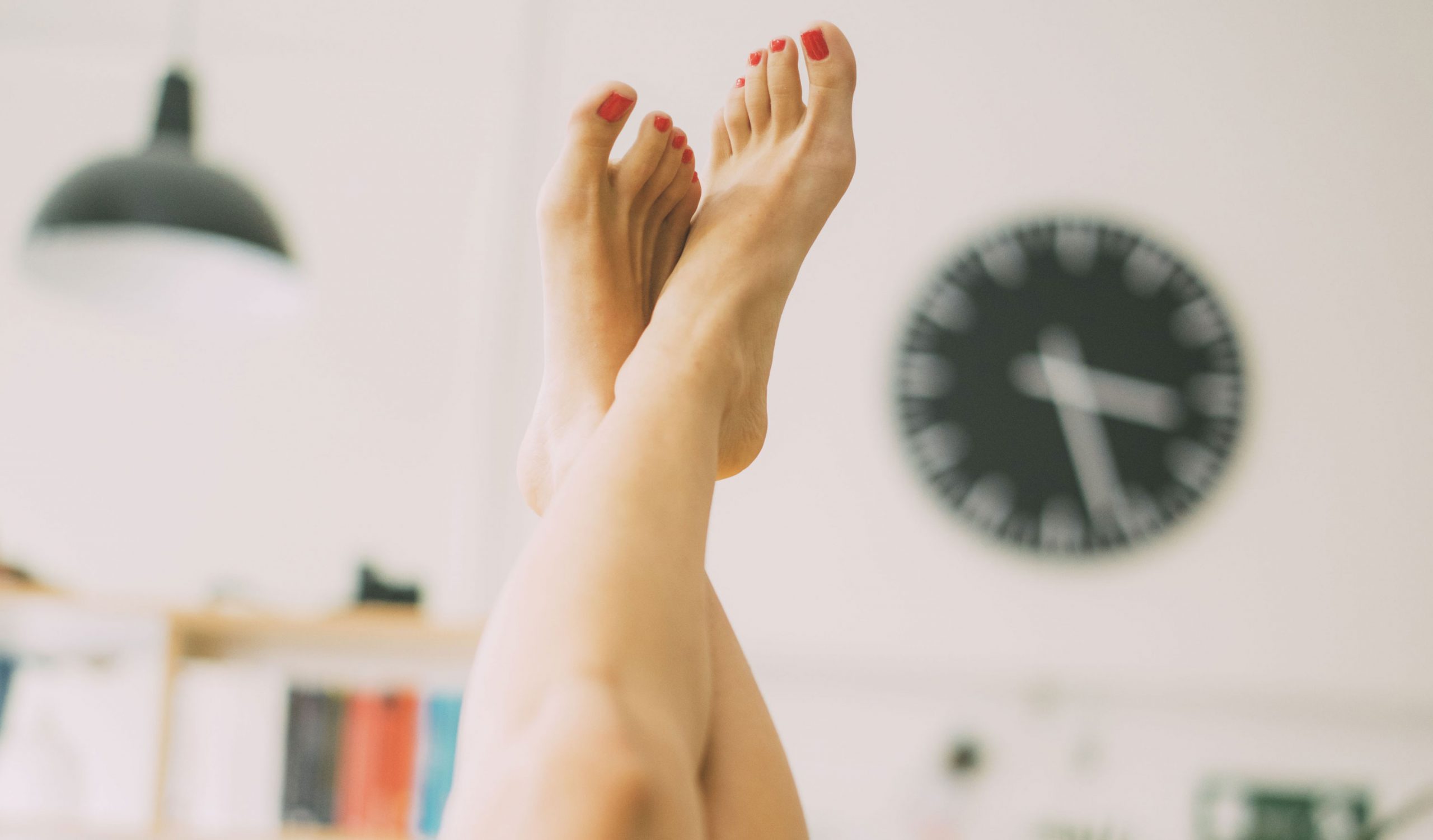
Let's face it - our feet are pretty incredible. Not only do they carry us around all day as we embark on our various errands, they're also a masterpiece of engineering - made up of 100 moveable parts including 26 bones and 20 muscles!
But often, we probably don't give our tootsies the care and attention they deserve - and need. So what better time to start keeping our feet in tip-top condition than Foot Health Month, which takes place this month, throughout June 2018?
“Having healthy feet enables us to keep fit and well and that’s why we all need to look after them,” says Emma McConnachie, a podiatrist from the College of Podiatry.
“Without healthy, pain-free feet, we can’t walk, do sports or even relax properly. Imagine feeling as if you are walking on sharp stones each time you took a step? That is how some foot conditions can feel." Ouch!
But not to fear, if you're frantically researching 'what do my foot problems mean?'—a commonly asked question online, along with the likes of 'why does my pee smell?', 'what's causing my tongue pain?' and 'why can't I sleep?'—if you're concerned about your feet, there are some very simple steps that everyone can take to keep their feet healthy and sound throughout their life. The College of Podiatry will be raising awareness of how easy it is, and how important foot health is to our overall wellbeing, during Foot Health Month 2018.
And luckily, podiatrist Emma has the following advice on some of the most common foot problems - and how to cure them...
The dreaded ingrown toenail
An ingrown toenail is a nail that pierces the flesh of the toe. It can feel like a splinter, and it can be inflamed or infected. In more severe cases it can cause pus and bleeding. There are many genetic factors which can make someone prone to ingrown toenails including their posture, the way they walk, or excessive pronation of the feet.
One of the most common causes though is cutting toenails too short. To relieve discomfort, bathing the foot in salt water is recommended, which can help to prevent infection. A sterile dressing can then be applied. Resting the foot as much as possible can also help. If customers are unsure about their condition, they should visit a podiatrist.
Sign up for the woman&home newsletter
Sign up to our free daily email for the latest royal and entertainment news, interesting opinion, expert advice on styling and beauty trends, and no-nonsense guides to the health and wellness questions you want answered.
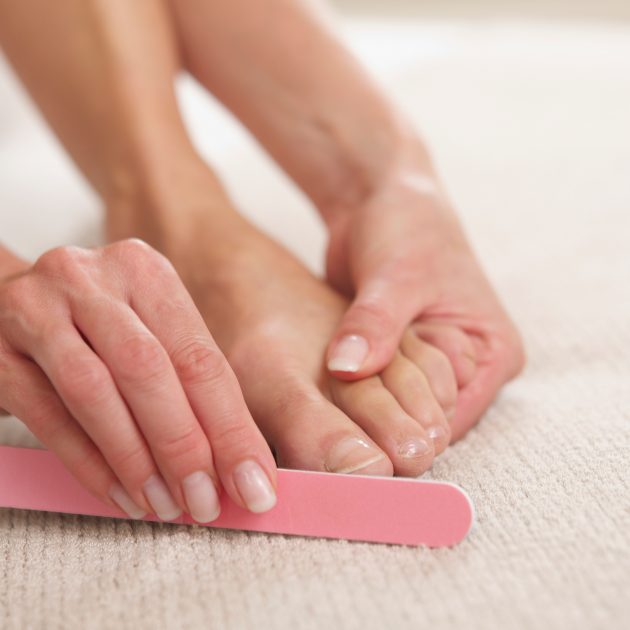
Dry, cracked heels
In the summer, many of us like to wear sandals. The combination of the skin being physically unsupported and also exposed to the elements risks dry, cracked heels. Pressure will be reduced if the heel is physically supported and preferably cushioned. This is best achieved by wearing shoes with a heel support. In contrast, flip flops and sandals have no heel support and the heel is subject to greater stress. To treat cracked heels, use a good quality cream which contains clinical grade urea.
Bunions
A bunion is a bump that starts to develop where the big toe joins the foot. Contrary to popular opinion, bunions are not actually caused by shoes - rather, some people have a genetic predisposition to them. But footwear can make the problem much worse. If someone is developing a bunion, it’s important that they see a podiatrist who will be able to assess the situation and advise on appropriate footwear and exercises to help avoid the problem getting worse.
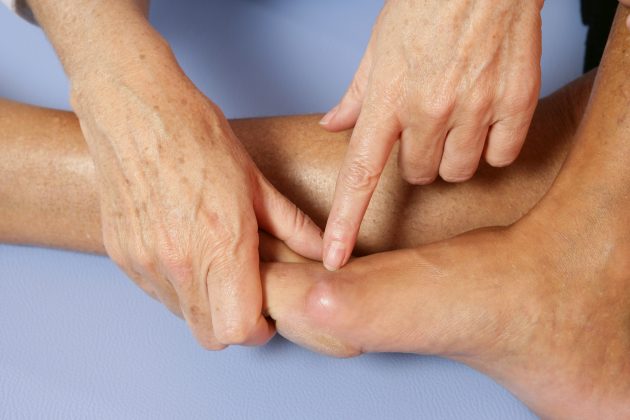
In some extreme cases, surgery is required, but a podiatrist will be able to advise on each individual case.
Athlete’s foot
Athlete’s foot is a fungal infection which is most likely to happen if feet are regularly in damp, warm conditions – so it's common for runners! It tends to affect between the toes but can appear on any part of the foot. Look out for persistent flaking, red skin. This can look either ‘wet’ or ‘dry’, as both are forms of athlete’s foot.
So what can we do about it Althlete's foot? There are over-the-counter remedies available. Some treatments specify they only need to be applied once. These tend to be the most convenient solution for people as they often forget to apply other treatments regularly, which can mean they are not as effective.
Calluses and corns
Corns and calluses are the body’s reaction to the friction of skin rubbing against a bone, shoe or the ground. A callus (or callosity) is an extended area of thickened, hard skin on the sole of the foot. It is usually symptomatic of an underlying problem such as a bony deformity, a particular style of walking or inappropriate footwear. Corns are caused by pressure or friction over bony areas, such as a joint, and they have a central core which may cause pain if it presses on a nerve.
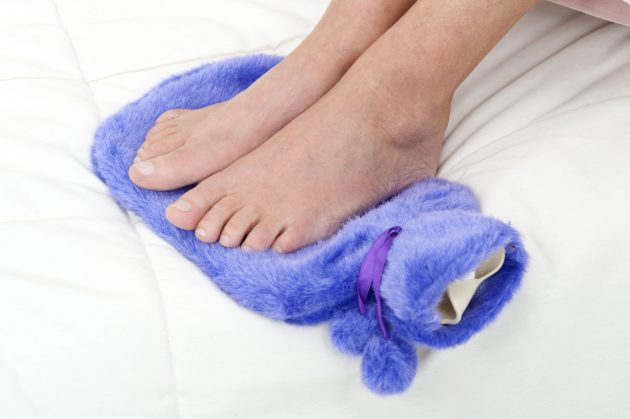
It is possible to self-manage corns or calluses, by occasionally gently rubbing with a pumice stone or a chiropody sponge when in the bath and applying moisturising cream to help remove the thickened skin a little at a time. Some over-the-counter corn plasters contain high levels of salicylic acid. This can cause skin damage to people with fragile skin, circulation issues or other underlying health conditions - so they should be used with caution. If a corn or callous is painful, a podiatrist will be able to help by reducing the bulk of the corn and apply astringents to cut down on sweat retention between the toes.
Blisters
Blisters are painful, fluid-filled lesions produced by friction and pressure, often caused by ill-fitting footwear, stiff shoes, excessive moisture, foot deformities or socks that have wrinkled against the skin. Applying some padding to cushion the area or using a waterproof plaster can help. Blisters will normally clear up themselves within three to seven days. Blisters can become a more serious concern if someone has diabetes and may not heal so easily, so it is important that they see a podiatrist for advice.
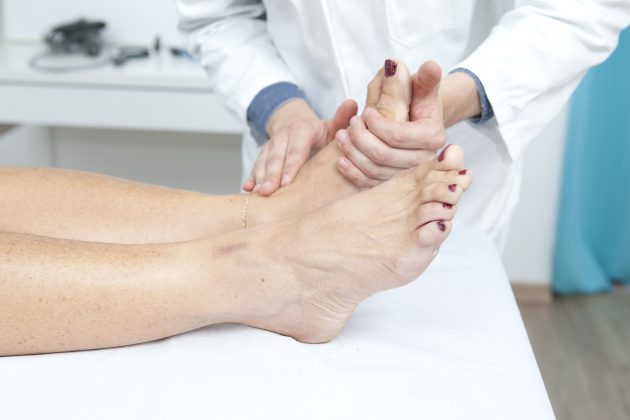
Verrucae
Verrucae are plantar warts that commonly occur on the soles of the feet or around the toe area. They are caused by the Human Papilloma Virus (HPV), which is highly contagious through direct person-to-person contact. They should clear up of their own accord within six months. In painful cases, if they have been present for longer than six months, or if they are spreading, it is worth visiting a podiatrist.
Smelly/sweaty feet
Many people suffer from foot perspiration and odour from time to time, yet, for some, sweaty feet are a persistent problem which can be embarrassing and uncomfortable. The exact cause is unknown but is mainly due to overactive sweat glands. In some cases, the cause can be genetic.
MORE: This is the reason you should NEVER wear shoes inside your home
It is advised that you wear well-fitted shoes to allow feet to breathe, that feet are washed with antibacterial soap regularly and to wear socks made from natural fibres. It is also a good idea to alternate your shoes to allow them to dry out after each wear. For more serious cases where normal foot care is not effective, your doctor may refer you for Iontophoresis (electrical stimulation) and Botullinum toxin injections (botox).
Ongoing foot pain
Anyone experiencing frequent and ongoing pain or aching in their feet is advised to see a podiatrist to have this investigated properly. It is not normal to experience frequent foot pain and may be indicative of an underlying issue that needs treating.
Visit the College of Podiatry website at scpod.org to learn more or to find an HCPC registered podiatrist.
And never have any feet problems again!
Amy Hunt is an experienced digital journalist specialising in homes, interiors and hobbies. She began her career working as the features assistant at woman&home magazine, before moving over to the digital side of the brand where she eventually became the Lifestyle Editor up until January 2022. Amy won the Digital Journalist of the Year award at the AOP Awards in 2019 for her work on womanandhome.com.
-
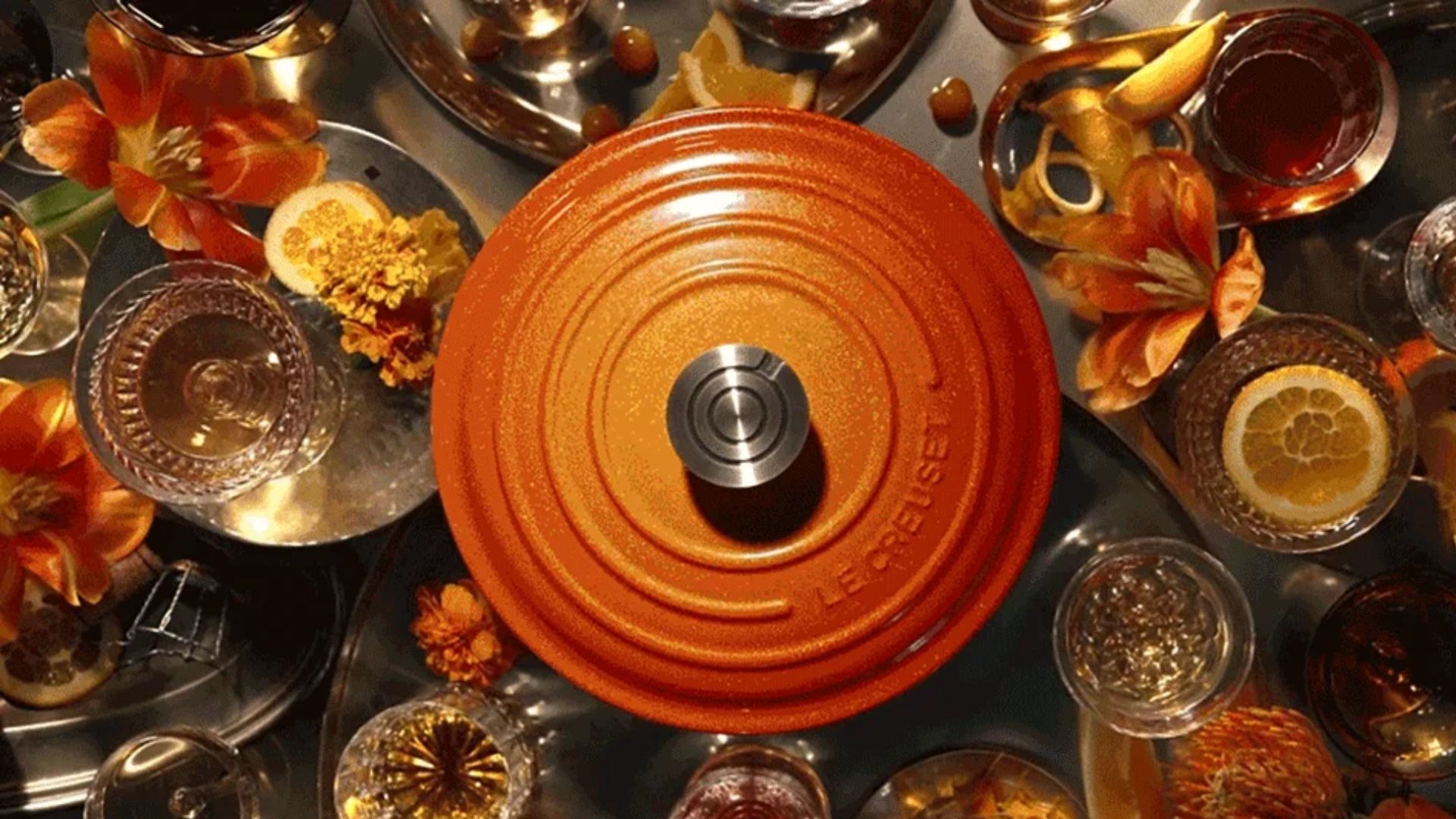 Le Creuset has taken the gold standard literally — their 100 year launch features real gold and an iconic designer collaboration
Le Creuset has taken the gold standard literally — their 100 year launch features real gold and an iconic designer collaborationLe Creuset have turned 100 years old and to celebrate they have launched a new colour — Flamme Dorée — as well as a coffee table book with designers Assouline
By Laura Honey Published
-
 This chic, Brazillian perfume brand is our beauty team's secret to smelling expensive and unique
This chic, Brazillian perfume brand is our beauty team's secret to smelling expensive and uniqueFrom salty accords to modern twists on tuberose, there's a Granado perfume for every preference - but these 9 blends have our heart...
By Naomi Jamieson Published
